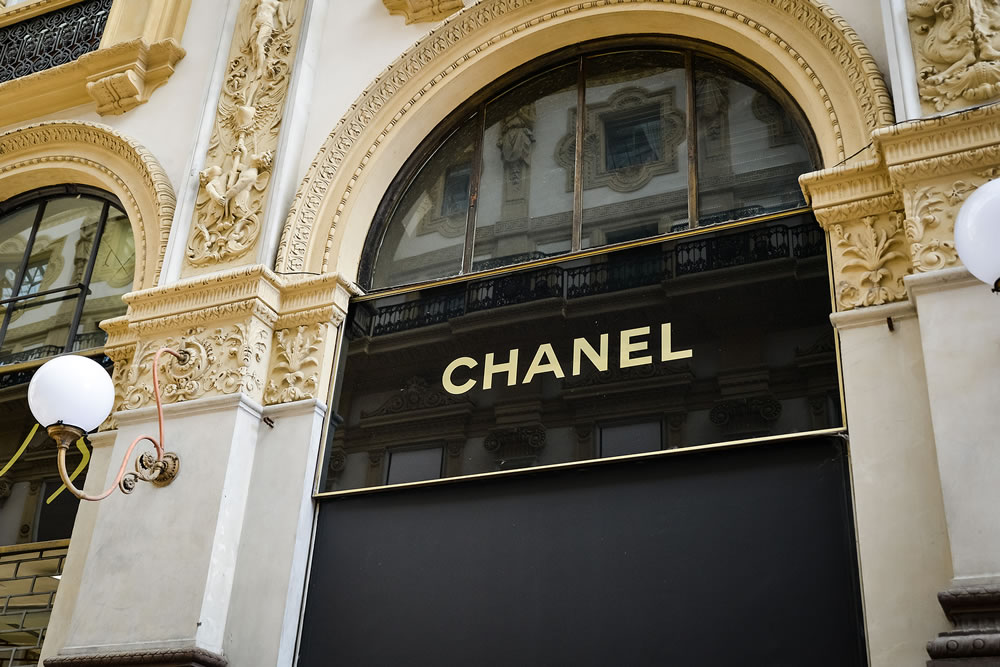In the competitive world of high-end business, branding is everything, and creating a strong and instantly recognisable brand identity is the key to standing out from the competition as well as getting and staying ahead in a highly competitive market.
It’s not just about an eye-catching logo or opulent-looking packaging; it’s about the entire experience a customer has with your brand, and well-executed branding can help you to build emotional connections with them that in turn, foster long-term brand loyalty for many years to come.
If you’re a business owner within the luxury sector, understanding the key ingredients of an effective high-end branding strategy is key, and getting it right will ensure you have the ultimate recipe for attracting and retaining the most discerning of customers and commanding premium prices.

Visual identity
Factors such as font and brand colours will form the foundation of your brand’s visual identity, and so should be considered carefully. In the luxury sphere, less is widely considered to be more, with monochrome and muted colour palettes, with simple fonts commonly chosen by brands seeking to communicate a sense of refinement and exclusivity.
That said, it is still possible to use bolder colours whilst retaining an elegant aesthetic; brands like Asprey, Hallmark, Cadbury and even JackpotCity Casino, one of the leading online casinos, do it well, utilising touches of purple to add a sense of sophisticated and regal appeal. It’s all about subtle touches here and there to enhance or highlight, and avoiding very bright hues, which can create a sense of overkill.
Your chosen brand colours should become your signature colours and be used across all your marketing channels – not just within your logo or in your packaging. Brands like Chanel and Cartier exemplify how this should be done, consistently using their signature colours of black, white and gold across their websites, email marketing, social media platforms and other touchpoints to cement their brand identity and ensure instant recognition within their target audiences over time.
Exclusivity and rarity
Two key ingredients of success when it comes to brands seeking to crack the luxury market are exclusivity and rarity – and senses of both of these can be created through a clever approach to branding.
To create demand for your products or services within an affluent market segment, ensuring that your brand is seen as in-keeping with the high-end lifestyle, and better yet, has the power to enhance it, will ensure that it is seen as an appealing choice, and it’s something that can be achieved in a number of different ways.

To create a sense of scarcity and boost demand, limited editions are a powerful tool. Luxury brands often release products in finite qualities, leveraging excitement-building marketing in the lead-up to launch day to ensure that there is always a queue of people ready and waiting to pounce on these rare pieces the moment they become available. The high-end customer is attracted to the prospect of owning something that few others do, so it’s a strategy that works incredibly well.
Offering customers exclusive access to private events or personalised service also goes a long way, and adding an invitation-only element ensures those who receive one feel special – whether it’s a private launch party, personal shopping experience or another bespoke service that ups the sophistication factor.
As well as driving demand, exclusivity enhances the emotional value of a product – and the rarer it is, the more customers feel they are part of a highly select group.
Craftsmanship and quality
Behind every successful luxury brand is the utmost in quality and craftsmanship – and without these crucial ingredients, your branding and marketing strategies won’t get you far.
Luxury is synonymous with exceptional quality, and this should become a part of your brand story so that your target customers know that they are always getting the very finest money can buy. From the finest materials to the meticulous hand-crafting of each product, these elements all help to enhance the desirability of a brand. Their existence alone, though, isn’t enough, and they must be showcased and communicated effectively as part of your branding strategy to have the desired impact.

Timeless design and heritage
The appeal of luxury products and services also lies in their timelessness. This is particularly true of material items, as they represent a savvy long-term investment that is designed to last, and that customers will still be enjoying in just the same way in many years to come.
Leading luxury brands build their identities around excellence, with those high-quality materials and expert craftsmanship, combined with elegant design that will never fall out of favour, ensuring each item will always stand the test of time.
Weaving their historical significance into their marketing is another powerful tool that can help to create a sense of prestige; luxury brands are all about heritage, and telling a story that spans years can help to further cement desirability. Brands such as Rolex and Hermès exemplify how this can be done to great effect, narrating their long-standing commitment to excellence through every touchpoint to enhance the sense of pride customers feel when owning one of their products.






















